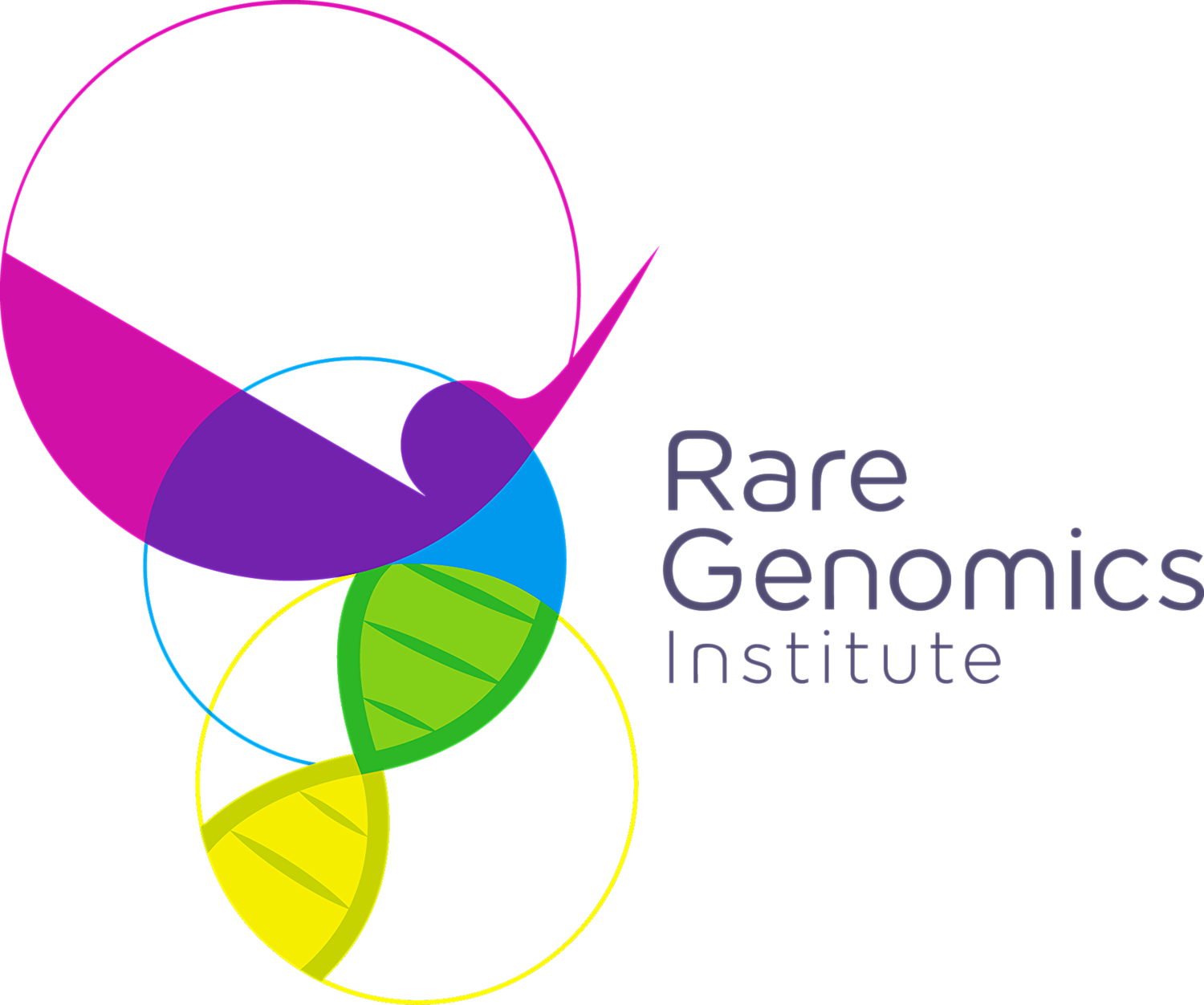Genomics and the Genetic Revolution
/Rare diseases are difficult to diagnose. Years of tests, even targeted genetic tests, could give negative or inconclusive results. If something is wrong with your body then something might be wrong with the proteins that make it run. If something is wrong with your proteins then something is likely missing or added or replaced in your genes. But - how do you find out what that is?
One of the only ways to find a one in three billion “letter” difference in the books of your chromosomes is through genome sequencing. Relatively, genome sequencing hasn’t been around for very long.
DNA sequencing hasn’t been around for very long either.
In the 1970’s the first DNA sequencing tools were developed, and using a gel base, charge differences, and plenty of copied DNA strands, a computer could be used to calculate the sequence of nucleotides present on a short section of DNA.
This incredibly powerful tool allowed scientists to gather exact information about genes instead of just making very educated guesses. Still, improvements were needed. When DNA sequencing became available scientists predicted a world of personalized medicine and gene therapy, but up until 2003 even the most optimistic considered the predictions science fiction.
Public interest in genome sequencing picked up during the Human Genome Project in the 1990’s, a U.S. government initiative like the Apollo moon missions. The project sought to work with the best geneticists around the world so they could sequence the first full human genome.
The first genome fully sequenced was of a bacteriophage, an organism so small that it is just a pocket of protein with DNA inside. That genome was about 5,000 “letters” long, and sequencing was completed in 1977.
To put this in perspective, the calculations done to first land a man on the moon were done on slide rules, by hand. That restriction would make the human genome project nearly impossible.
Computing is the lifeblood of genome sequencing. The rise in efficiency of sequencing and reduction in cost is proportional to the rise in computing power. During the human genome project from 1990 - 2003, the internet took off, the .com boom took hold of the economy, all while amazon, eBay, and google were just startups working out the right formulas. In the midst of this rapid development computers were used to catalog and interpret the billions of nucleotides in the human genome.
The first cellular organism’s genome sequenced was the H. Influenza bacteria in 1995. The genome was one million base pairs long. In 1996, the first eukaryotic genome, a single celled organism with 12 million base pairs, was sequenced, and in 1998 the first animal genome, a nematode worm, was sequenced.
Nine years after scientists set out to sequence the entire human genome, the first human chromosome was sequenced.
By 2003 the Human Genome Project was completed. It had cost 2.7 billion dollars and took 13 years to sequence the full three billion base pairs. Still, the project was both under budget and ahead of schedule by two years. Today, 99% of a person’s genes can be fully sequenced for a price of $1,000, and can be completed in less than 24 hours.
Since the rapid growth in genome sequencing technology, the time needed to analyze the large amounts of data is now the barrier. For genetic diseases, especially rare ones, there is often only one “letter” difference between a healthy gene and a dysfunctional one. Imagine getting a textbook on everything you want to know, but it’s written in a foreign language. The massive amount of data provided by genome sequencing is a boon to science, but only when it can be interpreted.
Personalized medicine and diagnostics for genetic diseases were always a goal for genome sequencing. Before that could become a reality, the cost and time spent on sequencing had to come down. This was accomplished with the rise in computing and a more selective sequencing approach, looking at only the exome, which contains the protein coding sections of the genome. Sequencing finally made its way into the clinic in 2010, and the occasional sequencing of cancer genomes to allow for targeted treatments began even earlier.
While the cost of sequencing itself has gone down significantly, the price tag doesn’t include the many hours that are spent by specially trained geneticists to find a diagnosis. Human analysis, even aided by a computer, has always been a bottleneck of time and resources in genome sequencing.
The Rare Genomics Institute was founded in 2011. Rare Genomics connects families to research institutions and seeks to help families of rare disease patients crowdfund the resources needed for exome sequencing. By furthering the reach of genetic testing, RG helps to make genome sequencing more accessible to those in need. By expanding the reach of genetic testing, the boundaries of medicine are pushed along the lines of the “science fiction” goals set out before DNA sequencing was even available. I wouldn’t be surprised if those “science fiction” goals of genome sequencing were right around the corner.
